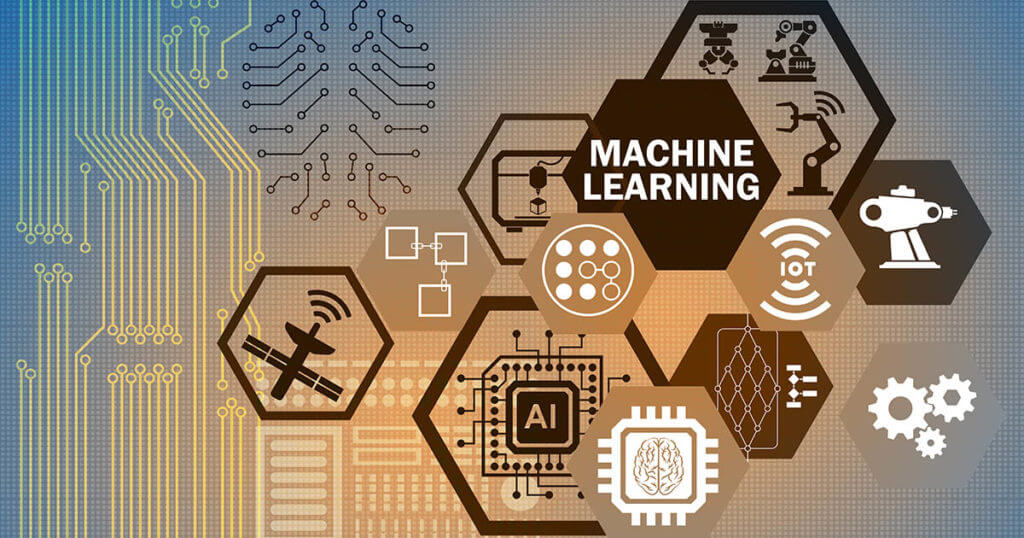It seems like Artificial Intelligence (AI) and Machine Learning (ML) are everywhere these days. In fact, it’s surprising how much of it we already take for granted, such as recommendations about what we watch and buy (Netflix and Amazon), personal assistants (Siri and Alexa), fraud alerts (Visa and MasterCard), route optimization (Google maps), and spam filtering.
But these examples are just the tip of the iceberg. It won’t be long before ML-driven applications are the norm, rather than an interesting novelty. The following is a roundup of articles highlighting the changes coming to a range of industries based on cutting edge ML.
- The Chinese government is intending to enforce a “model citizen” paradigm on its populace using an ML algorithm that assesses and scores their personal data. Modern identity governance is using ML to do much the same thing by creating a behavioral model for every user, and comparing that behavior to their peers in order to determine whether their online activity is doesn’t fit the norm.
- New DevOps tools that incorporate ML (so called “AIOps” tools) can detect anomalies, predict performance problems, suggest optimizations, correlate signals across multiple platforms for troubleshooting, perform root cause analysis, and even automate fixes if you’re willing to trust them…
- Who’d have thought sorting your mail could be so difficult? Turns out that even a deep learning system can only “read” about 80% of addresses that are written, typed or represented by pictures. But at a processing rate of 1,000 letters/hour and a 90% success rate for addresses it can read, it’s still better than manual workers.
- Ever been at a loss for words? Those incidents may become a thing of the past now that scientists have figured out how to read your speech by detecting patterns in your brain cell activity, as well as how to recreate that speech using ML in conjunction with Siri or Alexa.
- Not only will ML solutions talk for us, they’ll soon hear for us, as well. In fact, ML-driven hearing aids can now register the adjustments you make in a specific location using GPS. When you return to that location, the hearing aid detects it and automatically reapplies your adjustments. And it’ll perform real-time language translation, to boot.
- Known defects in chip manufacturing are easy to spot using pattern recognition techniques. It’s brand new defects that are tough to find. Deep neural networks are now being applied to the problem using classification techniques to determine whether a detected anomaly is a defect or not – and achieving >96% accuracy in some cases.
- Alzheimer’s is typically characterized as a disease of the elderly. But Alzheimer’s onset can actually occur at a much younger age, and go undetected for years. This is partly due to the fact that testing for Alzheimer’s involves a spinal tap procedure that’s neither safe nor cheap. Today, an ML-assessed blood test can identify a set of blood proteins which can predict concentrations of amyloid-beta in spinal fluid.
- While automaker focus has been squarely on autonomous vehicles, BMW has taken a different tack with their ML research. In an attempt to relieve the pain of fumbling for radio and air con/heater controls, BMW has introduced ML that interprets gestures allowing drivers to change the temperature or change the station based on hand movements.
Python Tools for Machine Learning
It’s no secret that open source is driving all of this ML innovation. And at the heart of this trend is Python, which is widely considered the tool of choice for data science projects in general and ML initiatives in particular.
In fact, Python now features the bulk of all open source ML and data engineering tools. Here are some recently released tools you might want to add to your toolbox.
- Google has released a free “add-on” to their popular Tensorflow machine learning library called TensorFlow Privacy. When training machine learning models, TensorFlow Privacy lets developers increase or decrease data privacy by setting various trade-offs relating to the amount of noise applied to the user data being processed.
- Python features a number of data visualization packages, including the popular matplotlib. The newest visualization library is plotly, which claims to be able to make better plots than matplotlib in less time — often with only a single line of code.
- Facets is a data exploration tool from Google that can help you visualize and drill down into your data. The goal is to provide developers with a quick understanding of the features in their dataset, their distribution, and unexpected values. Note that it only works with Google Chrome at this point.
- There’s ~6M public and private instances of Jupyter Notebook, which allows data scientists to create and share their live code, equations, visualizations and narrative text. JupyterLab takes this kind of interactive computing to a new level, while making data science much easier and more productive.
Getting Started with Machine Learning
The introduction of ML is causing a sea change in many industries. Software applications that don’t incorporate some form of ML are likely to be a rarity in the coming decade. One of the best ways to prepare for the future is to get started with Python today:
- Understand the ramifications of adopting a new language like Python by referencing our checklist, or
- Get started with ML today by forking our default Python 3.6 Linux build with all the popular machine learning packages.






